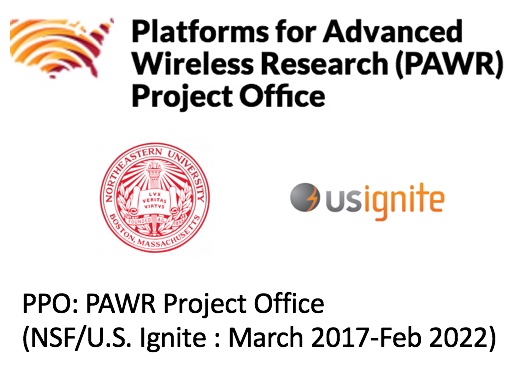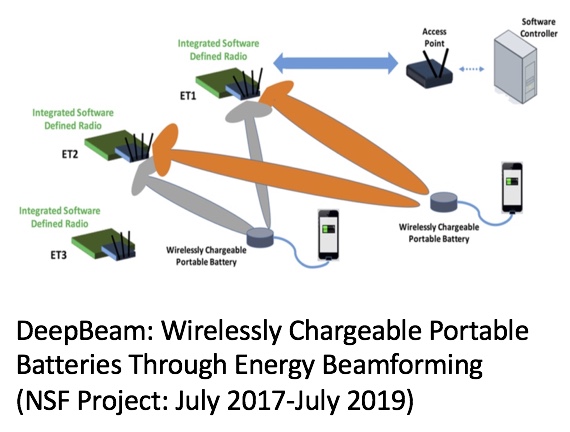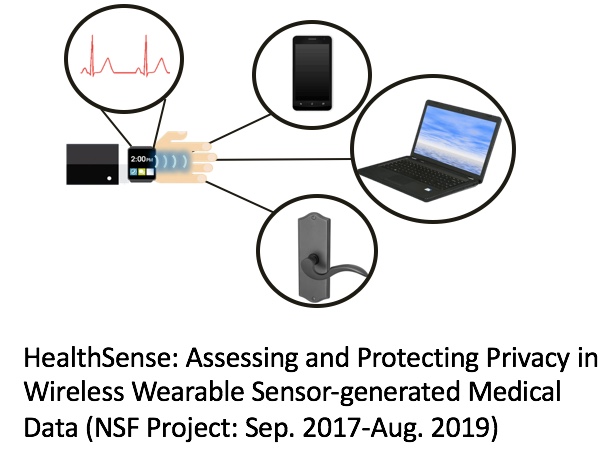
- 28 Jun, 2016
- Current Projects
Project Description
-
Client:
Project Sponsor- MathWorks
We propose a multi-faculty, multi-layer effort to research topics in 5G wireless communications of interest to Mathworks. 5G communications will boost diverse applications and traffic types and enable new forms of communications. 5G research aims to provide Gigabit wireless connectivity for seamless download of streaming content, Internet applications with negligible latencies (vehicle safety, health care, virtual overlay of context information on a display), and Internet-of-Things (IoT)-based applications (e-health, smart grid, smart homes/cities). All these applications require a one hundred times or more increase in traffic over the next decade. 5G will be highly compatible with LTE and WiFi. At the same time, 5G will also rely on new technologies like mmWave frequencies where huge bandwidths are available, and on MIMO with an unprecedented number of antennas, in order to provide extremely high data rates and device densities.
The increase in network performance will be possible only by achieving the following goals: (i) Increase the available bandwidth using spectral aggregation, cognitive radios and migrating to the mmWave spectrum (30 to 300 GHz); (ii) Increase spectrum reusability through small cell techniques and device-to-device (D2D) communications; (iii) Improve spectral efficiency through massive MIMO and other access technologies (e.g., Non- Orthogonal Multiple Access–NOMA). Our proposed research has two main thrusts: Channel Modeling, and Interference Management. The objectives of the proposed research are as follows:- Characterization of 60GHz-based 5G channel models, including multiple indoor settings and an outdoor scenario
- Adaptive beamforming and various features of MIMO operation as a function of choice of carrier frequency and utilizing channel models for the 60GHz range
- Algorithmic suite for network condition-driven selection of Adaptive MIMO operational choices
- LTE-WiFi coexistence in the ISM band, using standards-compliant operation and different levels of carrier aggregation




